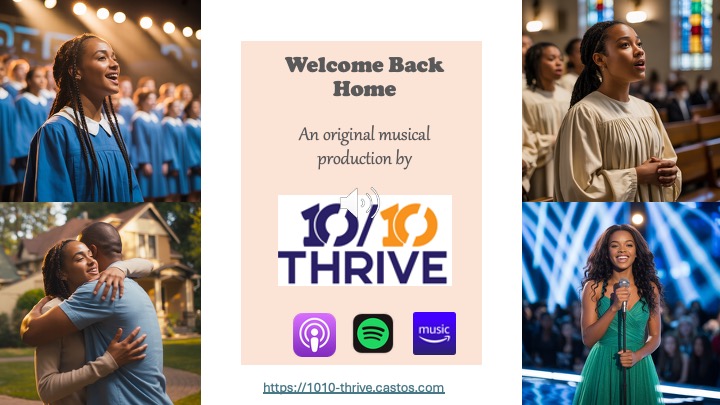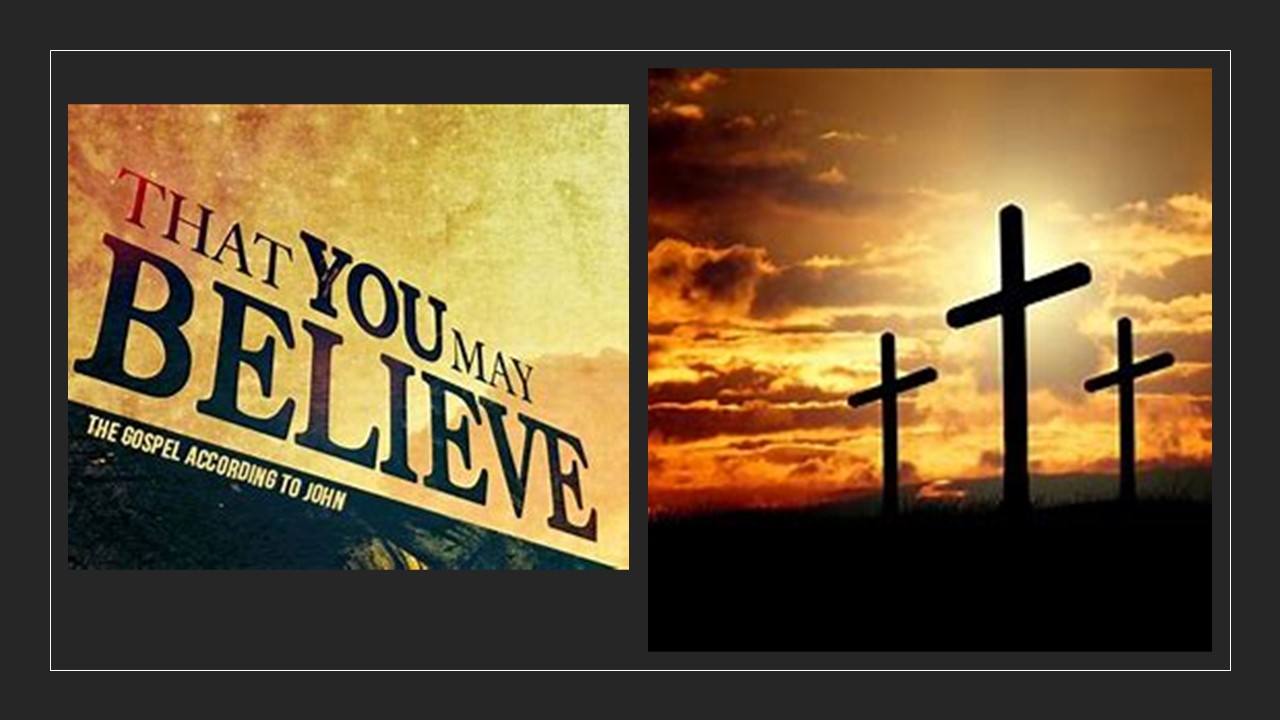Ezekiel provides a detailed blueprint of a magnificent temple in chapters 40-48. More than a physical structure, this temple represents a prophetic vision of hope and restoration for the exiled Israelites, symbolizing God's enduring covenant and the promise of a future return and rejuvenation. The vision also speaks to a renewed, inclusive relationship with God, welcoming all seekers, and emphasizes the necessity of holiness and ethical living. This prophetic model serves as an ideal for future societies, advocating for justice, order, and the integration of sacred principles in all aspects of life. Ezekiel's vision is not only historical but also a call to action, inviting personal and communal transformation, and the creation of a living temple through acts of justice, compassion, and the presence of God in every aspect of life.

Episode 15 opens with Liz and Allison discussing whether Liz should reach out to Michelle. Liz’s heart is hardened, convinced that Michelle is only...

Two important letters written by the apostle Paul to the fledging Christian church in Corinth are included in the New Testament. Where was Corinth?...

We wrap up the book of John by exploring how this gospel differs from the synoptic gospels in its purpose. Matthew, Mark, and Luke...